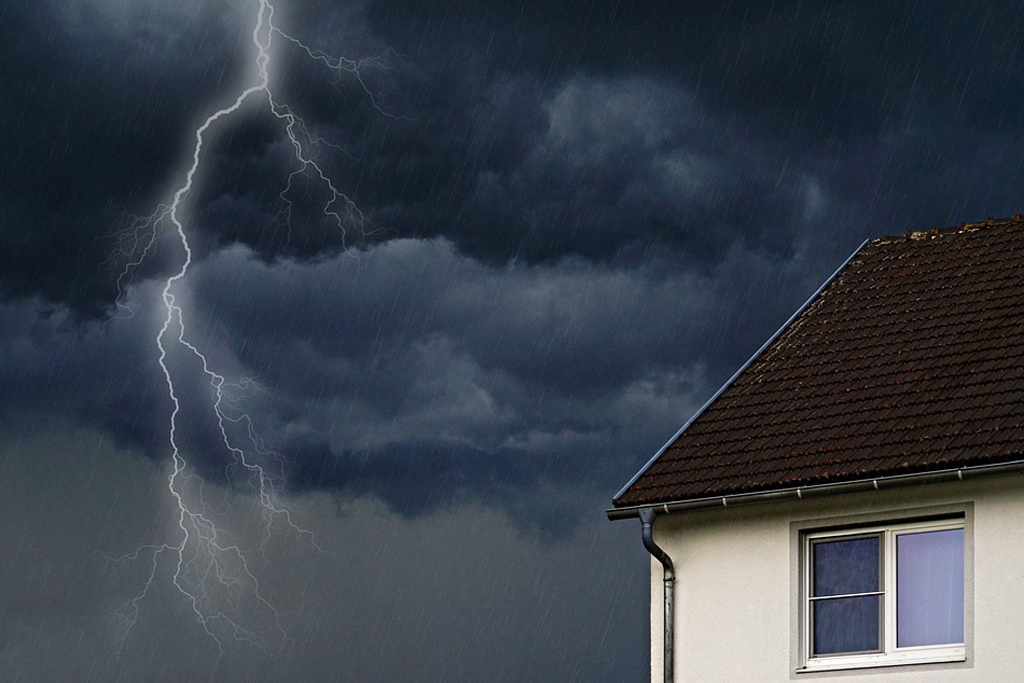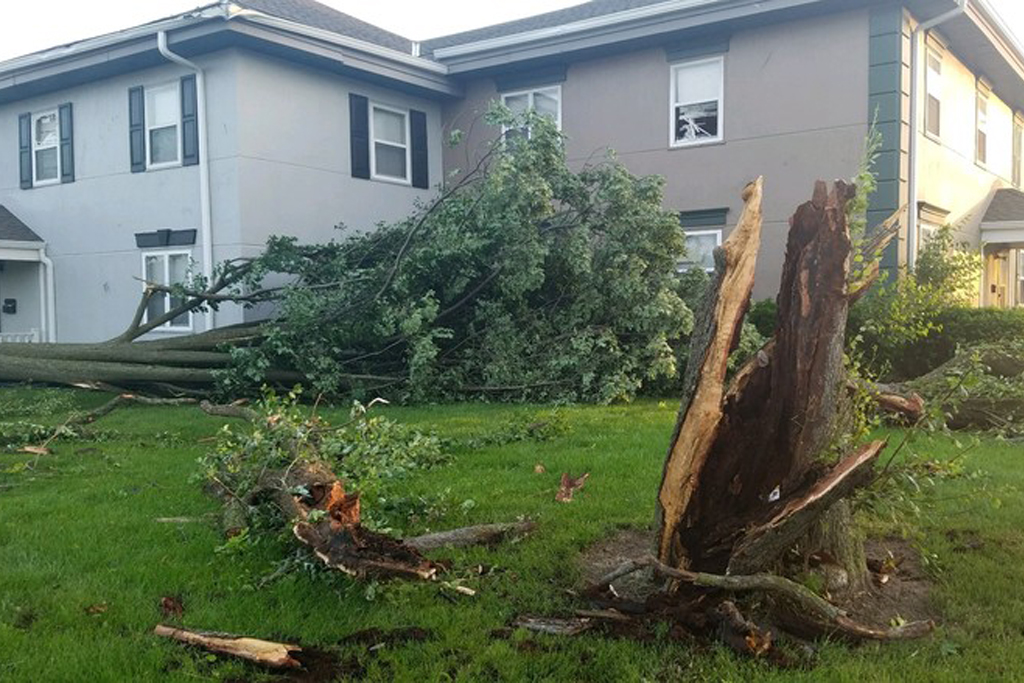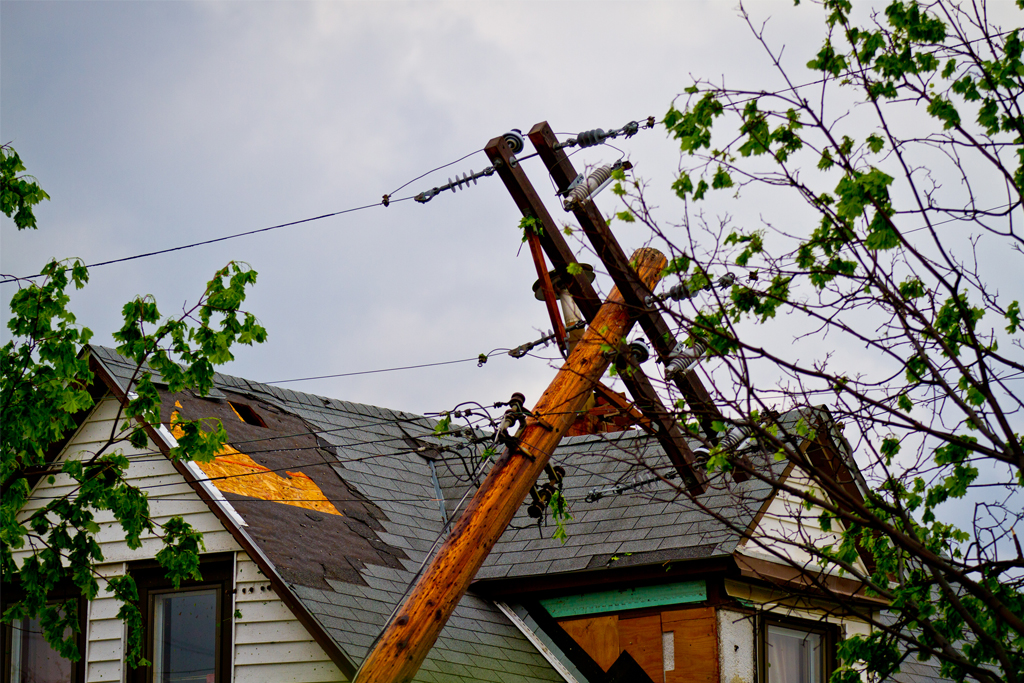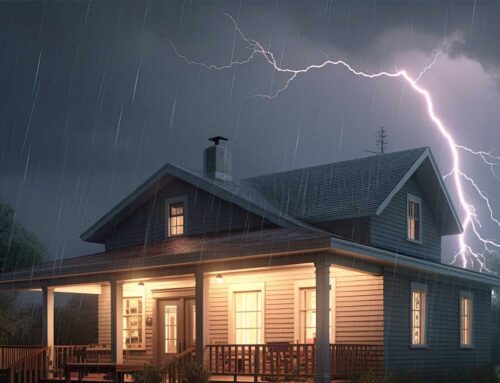When is Hurricane Season?
Hurricane season is upon us again and this year will be highly active compared to other years. According to the National Hurricane Center, hurricane season is from June 1st through November 30th. The height of the season doesn’t start until mid-August but it started earlier this year. There are normally 12 named storms during hurricane season but so far we’re up to 6 named storms and we haven’t even hit the peak of the season yet. The reason for early storms this year is due to a lack of an El Nino and higher than normal sea surface temperatures in the tropical Atlantic Ocean.
8 Tips to Protecting Your Roof
You can’t prevent hurricanes from forming but you can try to limit the amount of damage it causes to your home. Owning a house is a major investment and you should do whatever you can to protect it. Follow these 8 tips to protect your roof and property.
1. Have Your Roof Inspected Have your roof inspected yearly if you live in a hurricane prone area. An experienced inspector will evaluate the integrity of your roof from inside and out. They will check your attic for any moisture that has come through. If they find any signs of water damage then they know you have issues with your shingles or flashings. They will also check out the exterior roof itself and the eaves, soffits, and fascia. A weakness or opening in the eaves can lead to strong winds lifting the roof. Taking care of these issues early will fortify your roof for any upcoming storms. Schedule a Free Roof Inspection with Kresta Roofing to inspect and prepare your roof for the upcoming hurricane season.
2. Replace Missing or Damaged Shingles or Tiles Replace any worn, broken or missing shingles and tiles. Also look for any rusted areas if you have a metal roof. Any areas of the roof that are broken or loose can give strong winds a place to lift and affect healthy areas of the roof. Hail often comes along with bad storms so it can penetrate a weak or worn area of the roof and cause leaks into the attic.
3. Check and Repair Flashings Flashing is the rubber sealing used around roof openings like chimneys, skylights, and vents. Flashings will wear down over time due to weather elements. Water can come in through these areas once the flashing has worn down. Check and repair these areas regularly.
4. Clean Gutters and Downspouts Your gutters and downspouts need to be clear of debris. Gutters collect water from your roof and channel it to downspouts that run down your house and release water away from the house. Gutters clogged with leaves, twigs, and other debris can cause rainwater to not flow freely and get backed-up. Water pooling on your roof can lead to leaks.
5. Trim Overhanging or Nearby Trees Your trees will start to grow leaves and expand their limbs during the spring season. Check the trees on your property around May, before hurricane season starts, and see if you need to have them trimmed. Look for any dead or overhanging limbs that might come down in a storm. Strong winds can knock off tree limbs and blow them onto your roof or through your windows. To be safe make sure that tree branches are at least six feet away from your house.
6. Clean and Secure Your Yard Spring and summer seasons means spending more time outside and enjoying the weather. You bring out the grill, furniture, garden tools, and kids toys. All of this is fun and good but they should be put away inside or anchored down before storms begin. Strong winds can turn these items into dangerous projectiles. They can fly onto your roof and puncture it or go through your windows and be deadly.
7. Consider Installing Hurricane Straps Hurricane Straps attach the roof to the walls of the house with metal straps. These straps strengthen the roof and protect it from strong winds. It’s recommended for coastal areas and is required by law in some areas like Florida. Your insurance agency may also give you a discount if these straps are added. Consult your roofer to see if you live in an area where hurricane straps are needed and also consult with your insurance company to see if they give discounts for having them.
8. Review Your Insurance Policies Review your insurance policies well before hurricane season. Make sure your policy is up-to-date, and you know exactly what it does and doesn’t cover. This gives you time to revise or add to your policy before any disaster may arise. You’ll also want to take pictures or video of your property and belongings inside and out. Keep your insurance policies, warranties, photos, videos, and contact information in a safe and easily accessible place in case you need to evacuate your home. Having this information on hand will make it easier and faster to file a claim and rebuild.
If you’ve had the misfortune of having hurricane or storm damage call Kresta Roofing for any repairs needed or roof replacement.
Contact Kresta Roofing today for a free Roof Quote!
Or fill out our contact form









